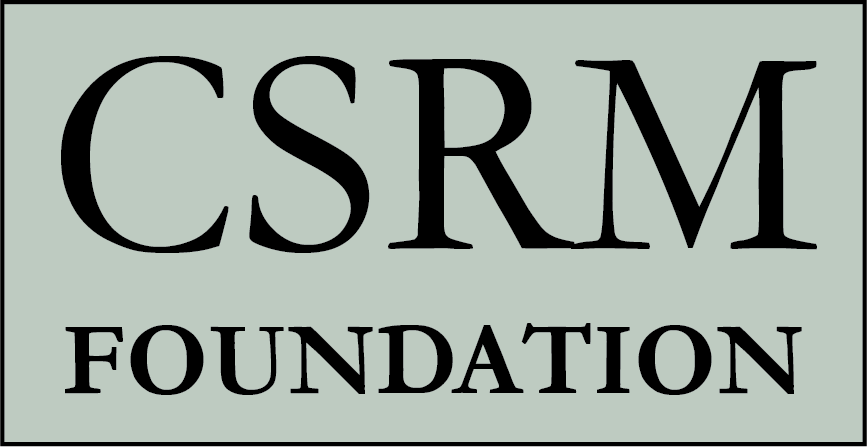Hidden beneath dense vegetation that has grown up since its abandonment four centuries ago are about 100 artificial islets with the remains of stone palaces, temples, mortuaries, and residential domains the elite. This was an incredible construction, built in the water on the shallow reef flat. Known as Nan Madol, it was the ceremonial center of the Saudeleur Dynasty, just off the shore of Pohnpei Island, in the Federated States of Micronesia. The vegetation not only conceals the wonders of the site but is destroying it. Through the US State Department Ambassadors Fund for Cultural Preservation Large Grant program, CSRM Foundation is overseeing the sustainable conservation of the site: managing the vegetation through the generous support of the US Forest Service, providing for interpretation of the site through exhibits at a new visitor center and guide training, and working with the Federated States of Micronesia and Pohnpei State to develop an organization for the management of Nan Madol. Watch this video to see how the LiDAR survey conducted by CSRM Foundation will be used to guide this work.
Reclaiming the Hidden Islets of the Nan Madol World Heritage Site





